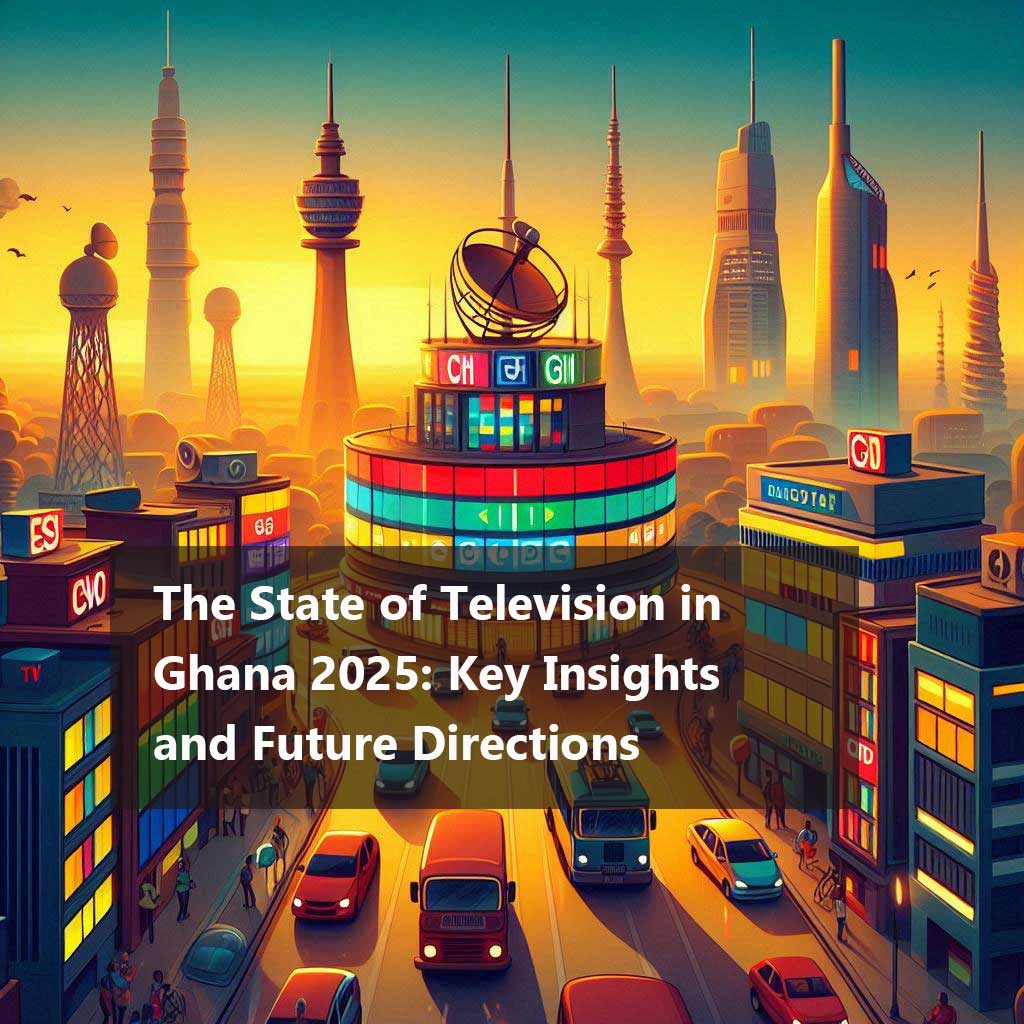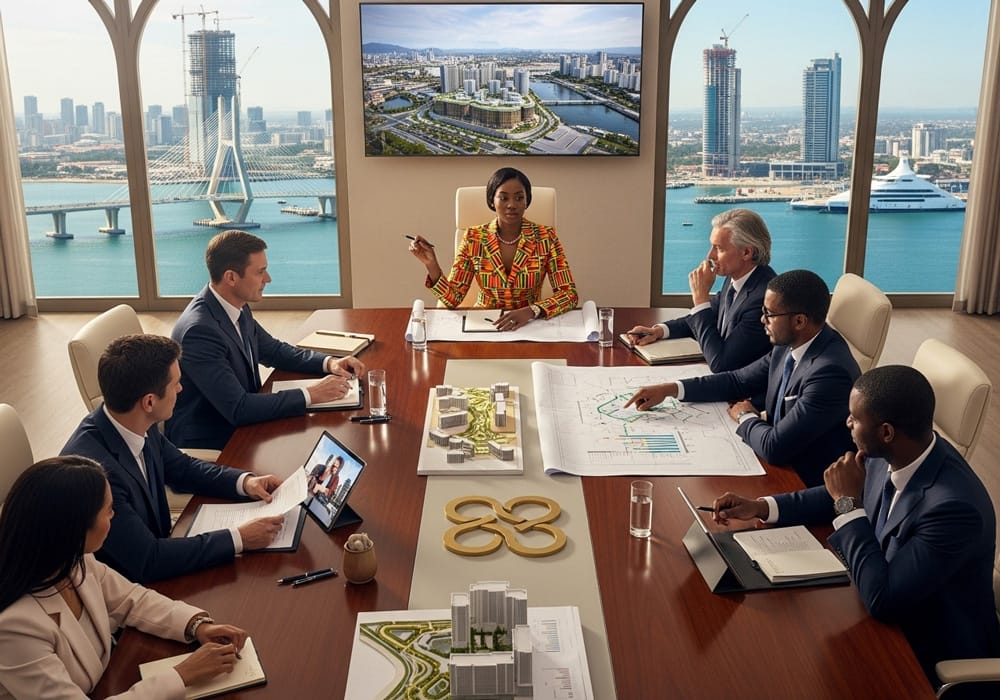Ghana’s television landscape is a dynamic sector characterized by high viewership, significant market concentration, and evolving digital challenges.
This article synthesizes the key findings of a comprehensive analysis of Ghana’s top Ghana’s top TV stations, highlighting the industry’s strengths, challenges, and future directions.
Market Dominance and Programming
Stations like TV3, Adom TV, and UTV dominate Ghana’s television market, benefiting from strategic programming and a strong regional presence.
These stations play a crucial role in shaping societal narratives and serving as key platforms for advertisers.
However, the dominance of a few large entities raises concerns about programming diversity, underscoring the need for regulatory reforms to promote equitable representation and cultural preservation.
Digital Transition and the digital divide
The digital transition presents both opportunities and challenges for Ghana’s TV industry. While internet penetration is increasing, a significant portion of the population, particularly in rural areas, remains offline.
This digital divide highlights the urgent need for infrastructure investments to enhance media accessibility and enable stations to expand their reach through online platforms. Initiatives like the Rural Broadband Initiative are crucial for bridging this gap and ensuring equitable access to information and entertainment.
Youth Engagement and Digital Innovation
Ghana’s youthful demographic represents a significant opportunity for TV stations to innovate and engage new audiences.
Digital-first strategies, including the use of AI-driven analytics and interactive content, can help stations tailor their programming to the preferences of tech-savvy viewers. Embracing these technologies is essential for the industry’s continued growth and relevance.
Regulatory Landscape and Industry Challenges
The regulatory landscape plays a crucial role in shaping Ghana’s television industry. There are ongoing concerns about the need for stricter controls on content to protect societal values and ensure high-quality local programming. Addressing issues such as ownership concentration, political interference, and gender inequality within the media sector is also essential for fostering a healthy and diverse media environment.
The Path Forward
Ghana’s TV stations can navigate the complexities of the evolving media environment by adopting a multi-faceted approach. This includes:
- Stricter regulatory frameworks
- Increased investment in digital infrastructure
- Creative programming tailored to diverse audiences
- Strategic collaborations and partnerships
Conclusion
The analysis of Ghana’s top TV stations reveals a dynamic but also challenging media landscape.
By addressing the digital divide, embracing innovation, and fostering a strong regulatory environment, Ghana’s television industry can ensure its continued relevance and contribute to the country’s social and economic development.
Future research should continue to explore emerging technologies and evaluate the effectiveness of ongoing initiatives to further enhance viewer engagement and industry growth.











